Our rice barge slices through the inky waters of Lake Vembanad, gliding towards a horizon of coconut trees at a snail’s 15 knots. Shaded beneath a canopy of palm thatch and coir, we flop into rattan armchairs drinking iced tea watching a kaleidoscope of colourful scenes. This is life in the South Indian state of Kerala, where the landscapes are a feast for the eyes, the sounds are music to the ears and the big hearts of the people are a balm to the soul.
My time in Kerala has filled me not only with vivid memories of green rolling hills and tea plantations, fishing nets, beaches and spectacular sunsets but with images of the Keralites I met and their deep connection to their rich cultural heritage. As I travel around the state, from the backwaters to the hills, the natural landscape comes alive with the thwack of saris slapped against stone, the shrieks of children splashing joyfully in a river and the gentle smiles of tea pickers, fishermen and farmers.
Contents
Human By Nature
Kerala’s Backwaters
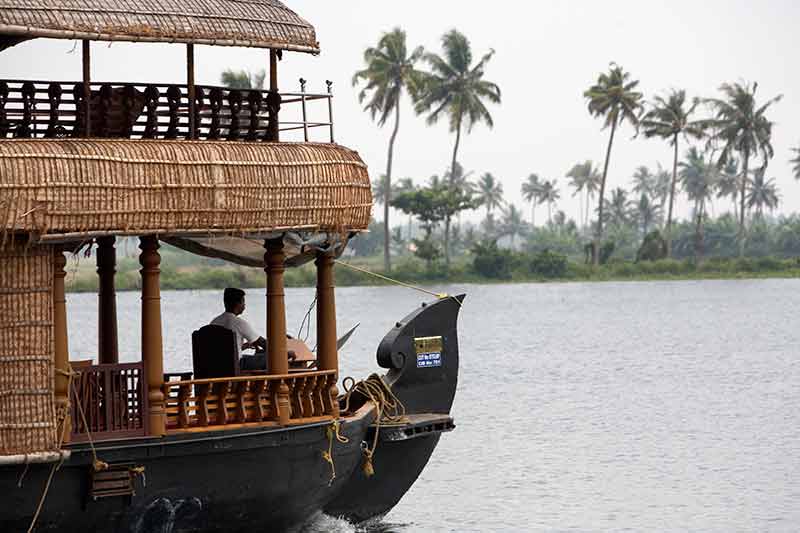
Our barge floats past wiry fishermen in long canoes with square sails fluttering in a gentle breeze, fishing for Karimeen (pearl-spotted fish).
Being on a rice barge, we’re lucky enough to taste of this local fish as we tuck into the feast our chef, Venu, has prepared.
Cruising past the landscape eating sambar of dal and vegetables, mezhukkupuratty long beans sautéed in oil and banana kalan prepared with coconut paste and curd is a delicious way to explore Kerala’s backwaters.
Watching the riverscape from the comfort of a luxurious rice barge is an experience to remember.
The river teems with colourful ferries, spruikers in speedboats zipping around the canals with blaring microphones spruiking wares and intriguing boats laden with hay.
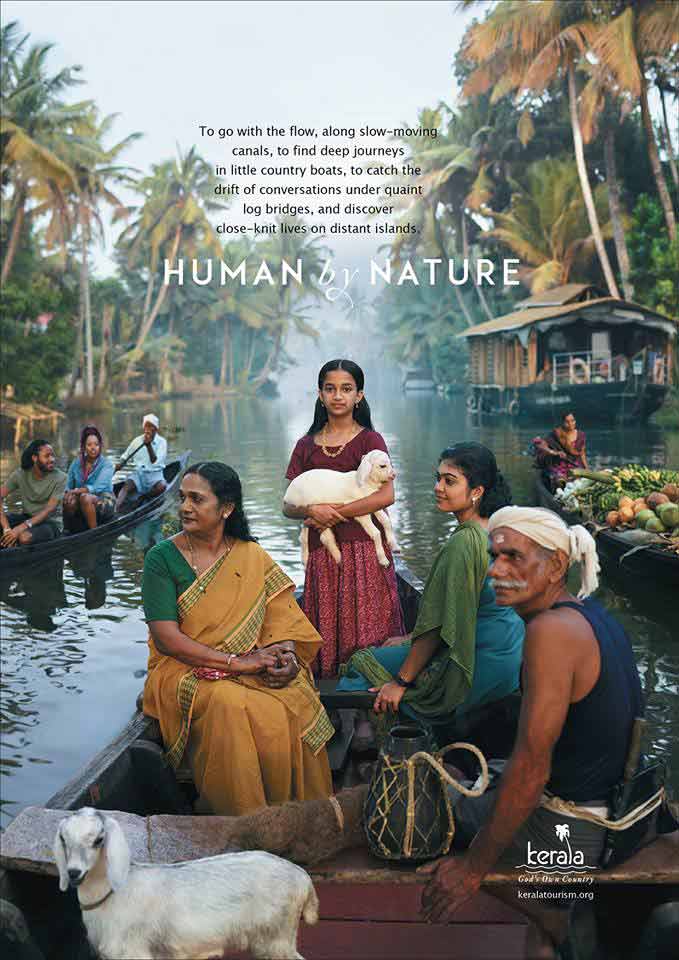
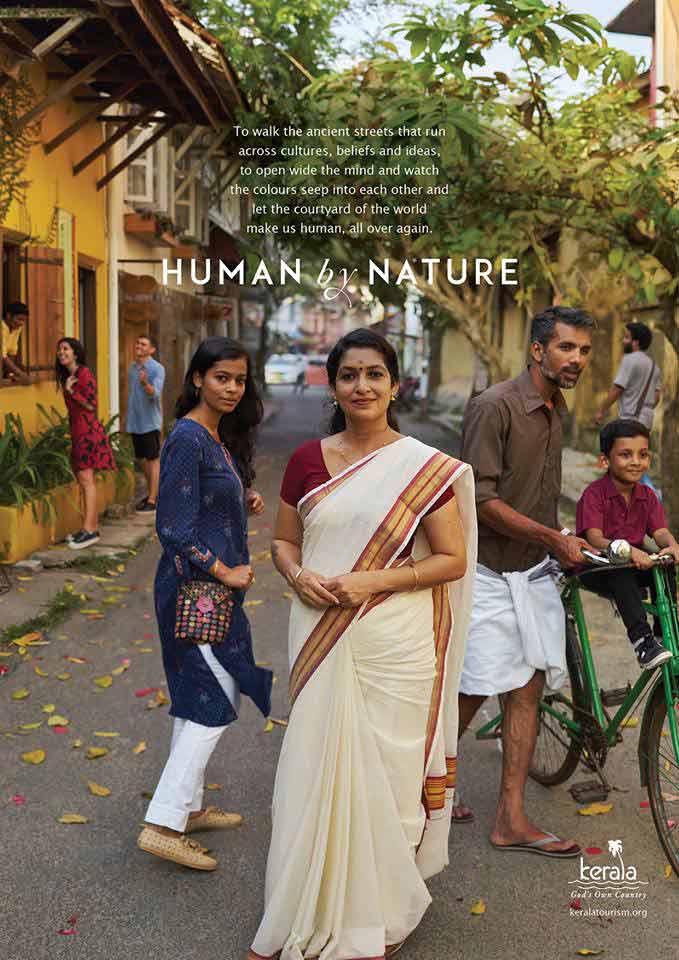
In the past, traditional rice boats (kettuvallom) cruised Kerala’s 900km of backwater lakes, canals, lagoons and rivers carrying rice, coconuts and spices for trade.
These days, many rice boats have been transformed into diesel-powered houseboats ferrying tourists instead of goods.
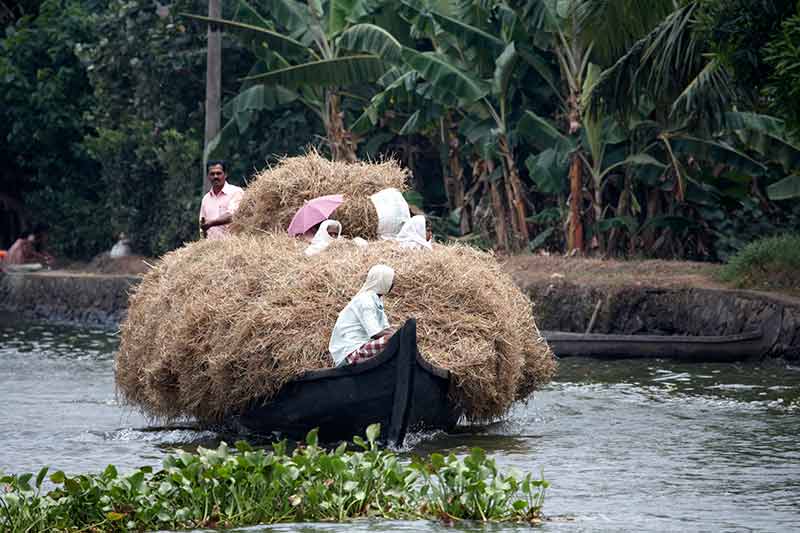
We float past pastel-walled churches adorned with painted gold crosses as we cruise the backwaters of Kerala.
Kerala has many churches that are a legacy of a fusion of cultures: the Portuguese in the 15th century, followed by the Dutch, British and Syrian Christians, who were descended from the 100 Brahmins who embraced Christianity as followers of Saint Thomas the Apostle in 52AD.
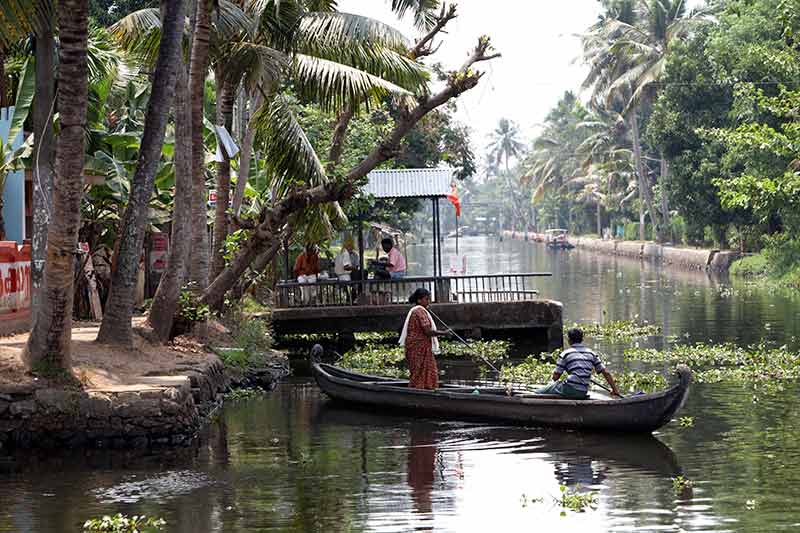
Our captain, Benny, has no maps or charts and Benny and his staff are not trained tour guides either but it doesn’t matter one bit, as a cinema of scenes from daily life capture our attention.
We glide past colourful houses, advertising billboards and forests with banana leaves and coconut trees to dock at Kainakari village, where we board long canoes.
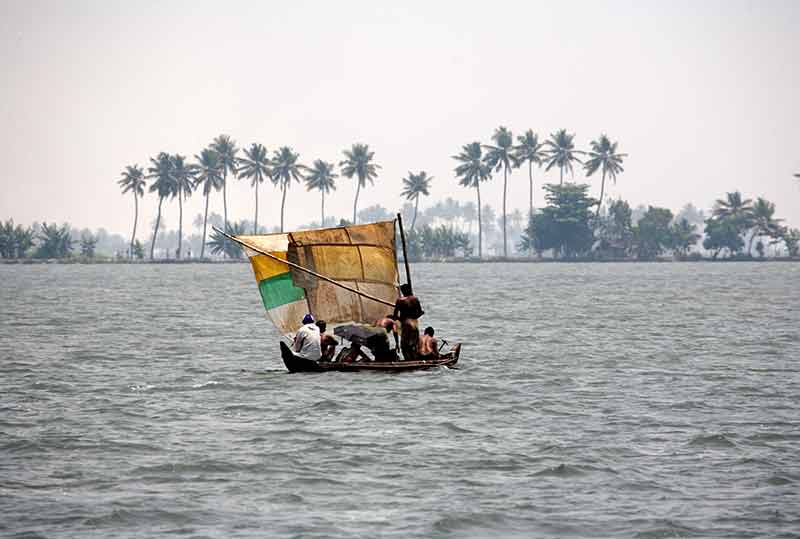
Two boatmen row along the narrow Thottuvalkala canal, where water hyacinths bob in pea-green water and children skip gaily along the riverbank.
We learn that the Communist regime has been kind to the South Indian state of Kerala, which has one of the highest living standards in India and literacy rate (almost 100%) in India.
One of the biggest contributors to Kerala’s economy is the wealth brought into the state by Keralites working overseas, choosing to buy second homes and invest in businesses in their homeland.
Munnar Highlands – Tea, spice and heart
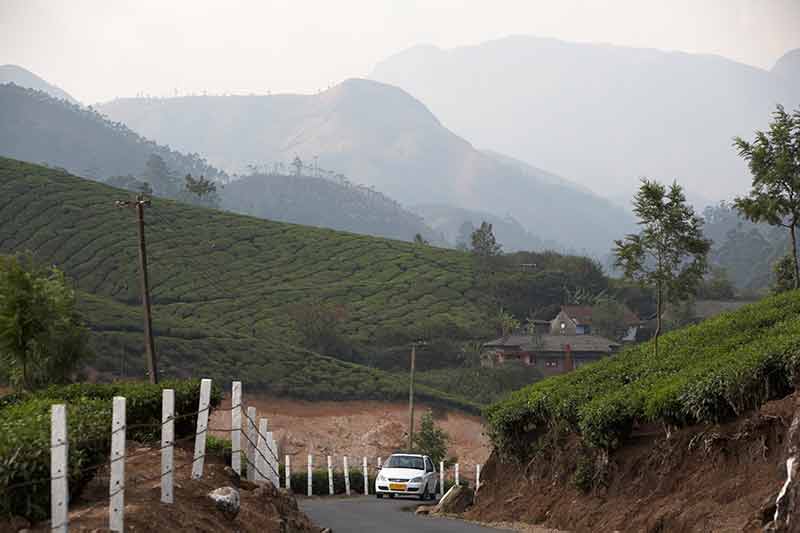
In the mountains of Munnar, a flamboyant, colourfully painted lorry with the word Jesus emblazoned in big letters above the windscreen snakes around bends past rolling hills covered with neat tea bushes.
The lorries of Kerala are a sight to behold and are gaily painted with bright motifs of flowers, butterflies, birds and animals.
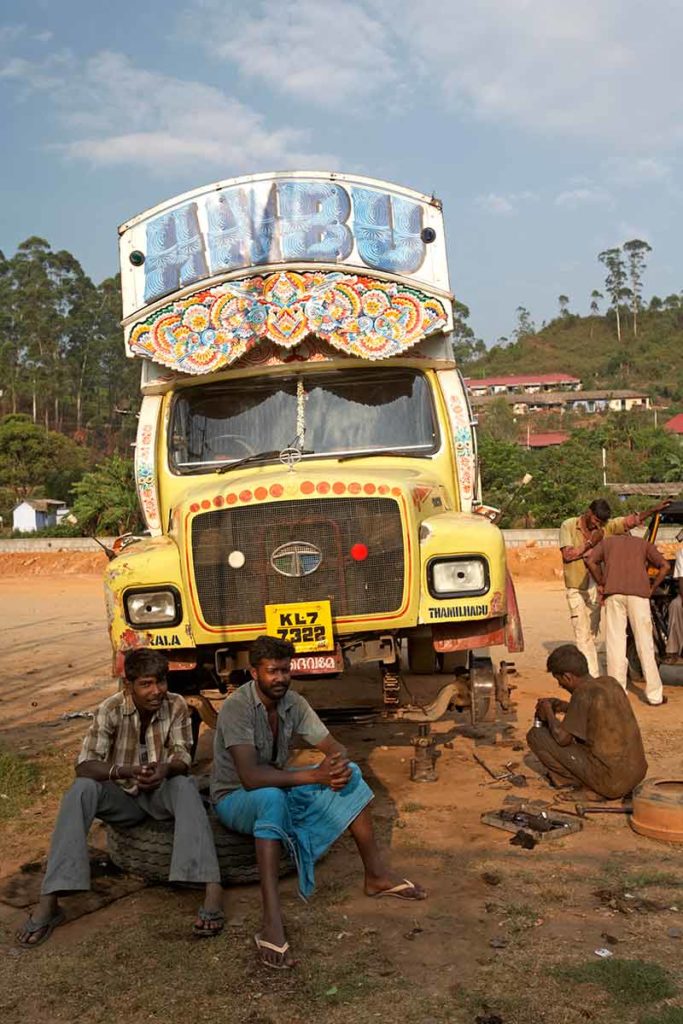
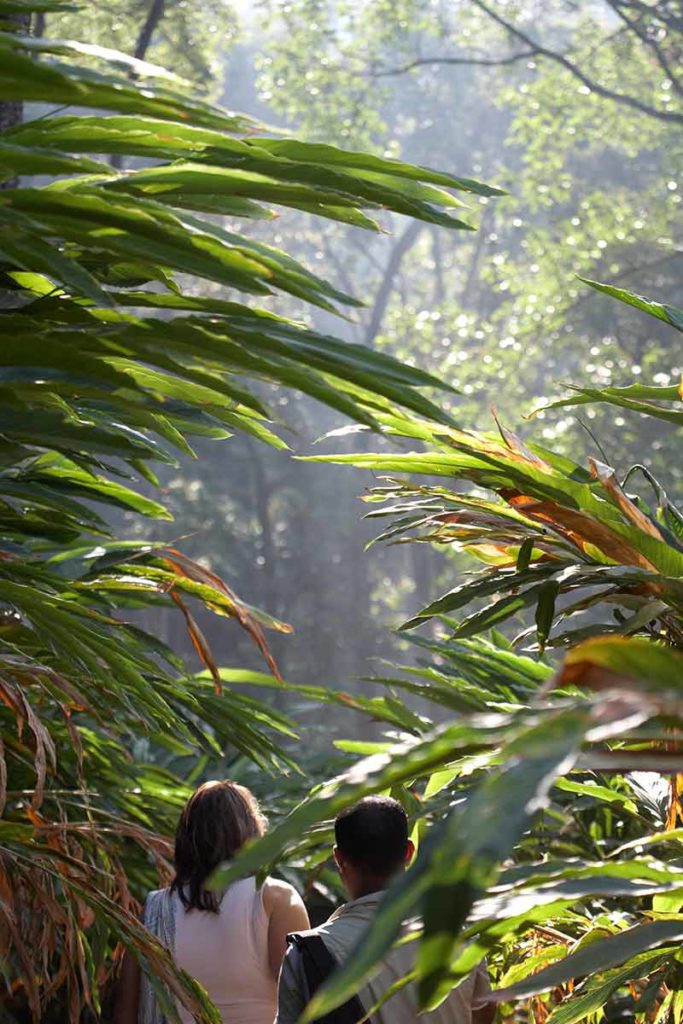
Our driver pushes the car around bends, curving past tea bushes, and fortunately, the roads in Kerala are excellent, as Kerala is one of India’s wealthiest states.
Munnar was a summer retreat for the region’s British colonial conquerors to escape from the heat of the coastal lowlands to a cooler place where they could drink tea, breathe fresh air and enjoy rambling country strolls.
Munnar has been a tea region for over 140 years and is steeped in history.
At the tea museum in the Kanan Devan Hills Plantation, we admire tea memorabilia, learn how tea is processed and drink a much-needed cup of tea.
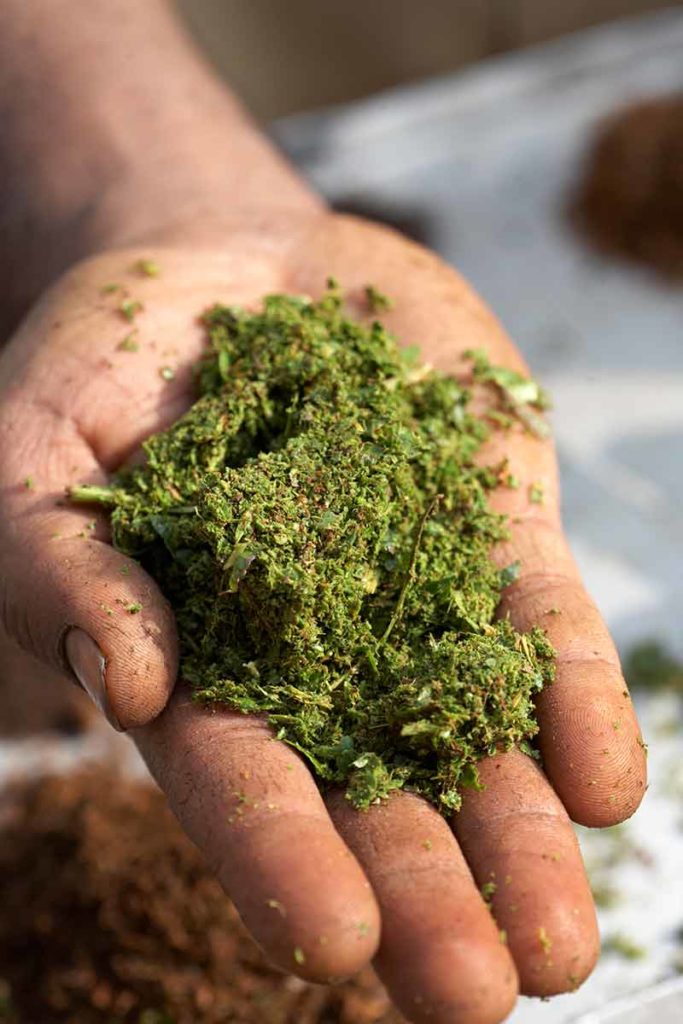
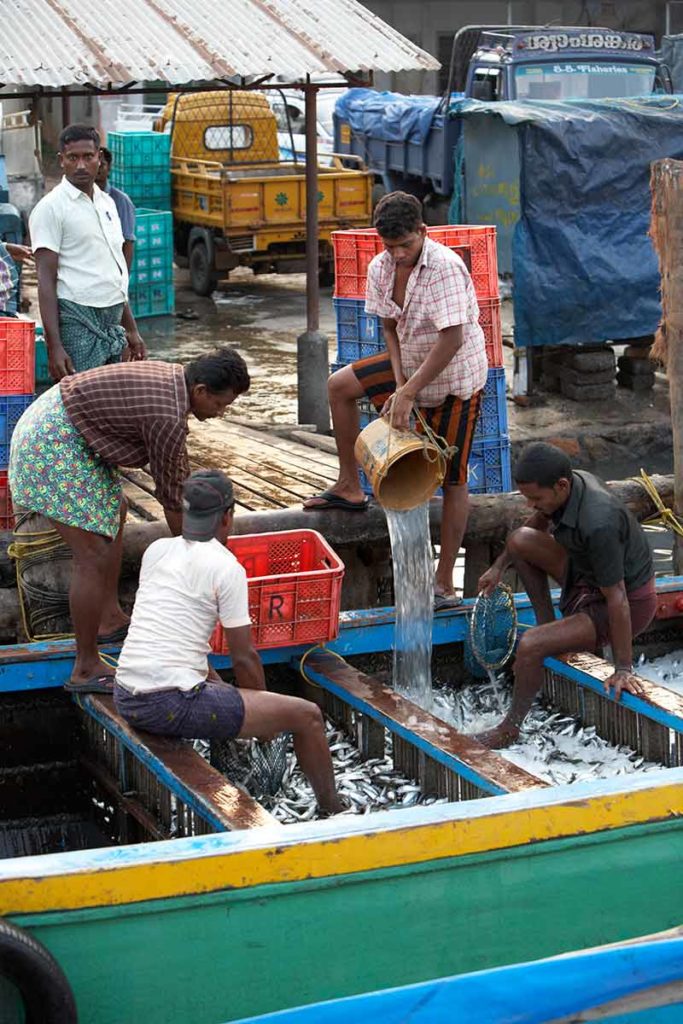
Then, feeling inspired, we hit the tea-bush lined road again aiming for the town of Munnar, which is packed with tailors and quirky tea shops with shelves stacked with packets of tea, nuts and dried fruit.
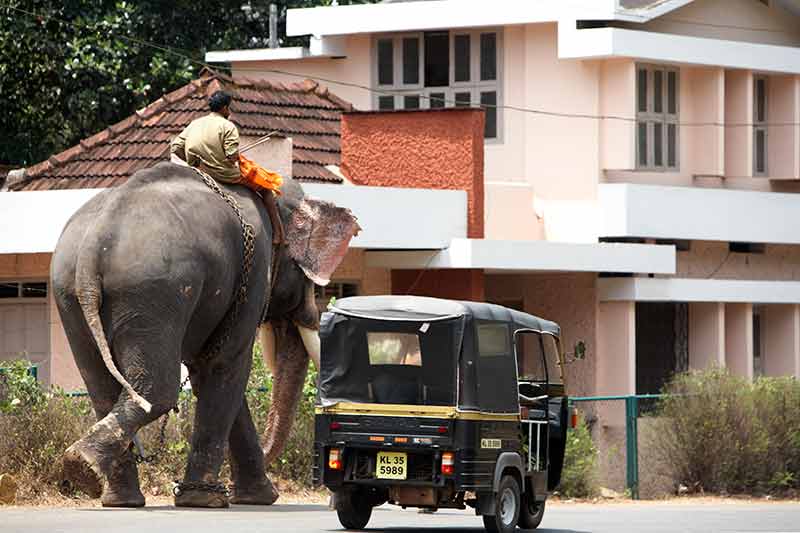
We rummage through the shelves finding packets of cardamom and kasoori methi, dried fenugreek leaves used to flavour meat and curries.
Outside, the streets are chaotic, with locals elbowing one another around a lorry piled with mandarins.
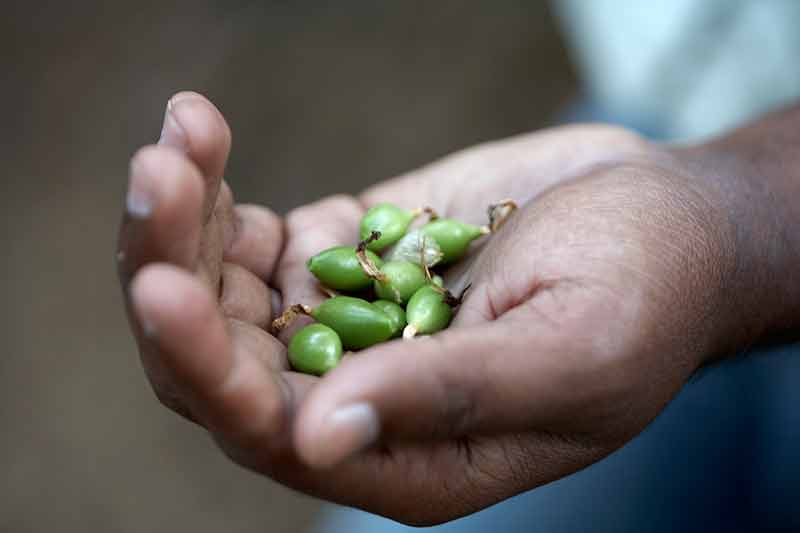
A stay at Windemere Estate – which is a 24-hectare cardamom plantation owned by a Kochi-based ophthalmic surgeon – is an opportunity to wallow in cardamom.
Cardamom is picked between September and January, dried, graded, packed, labelled and sold through buying agents.
A stroll through the cardamom plantation is an ethereal experience, where tall cardamom stalks that sway overhead and hanging leaves with white flowers.
Kerala Ayurveda and Marma Chikitsa
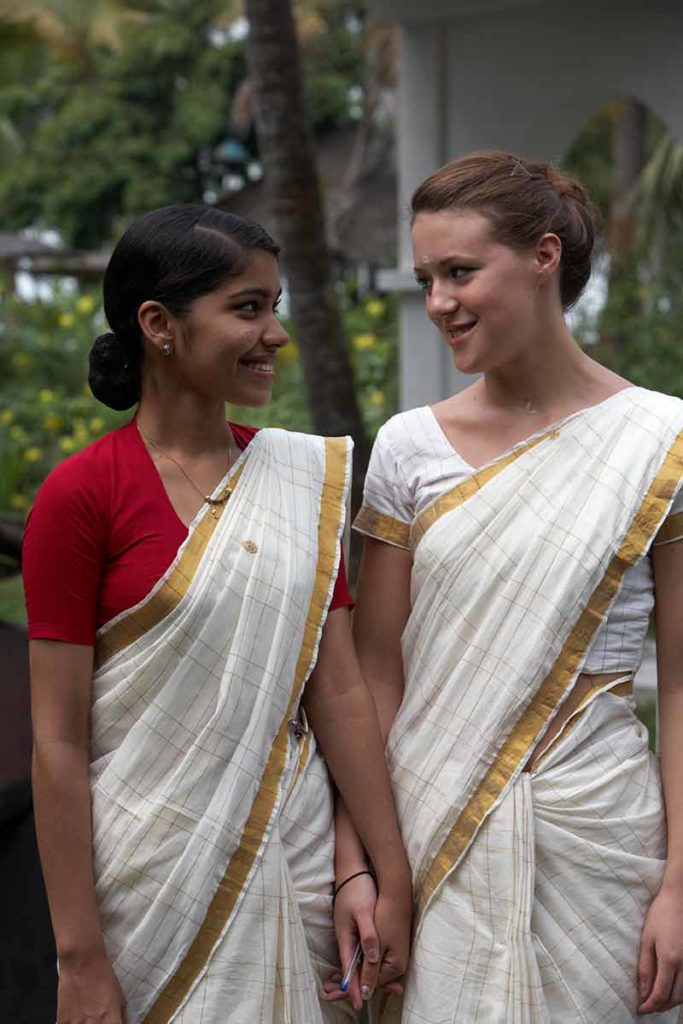
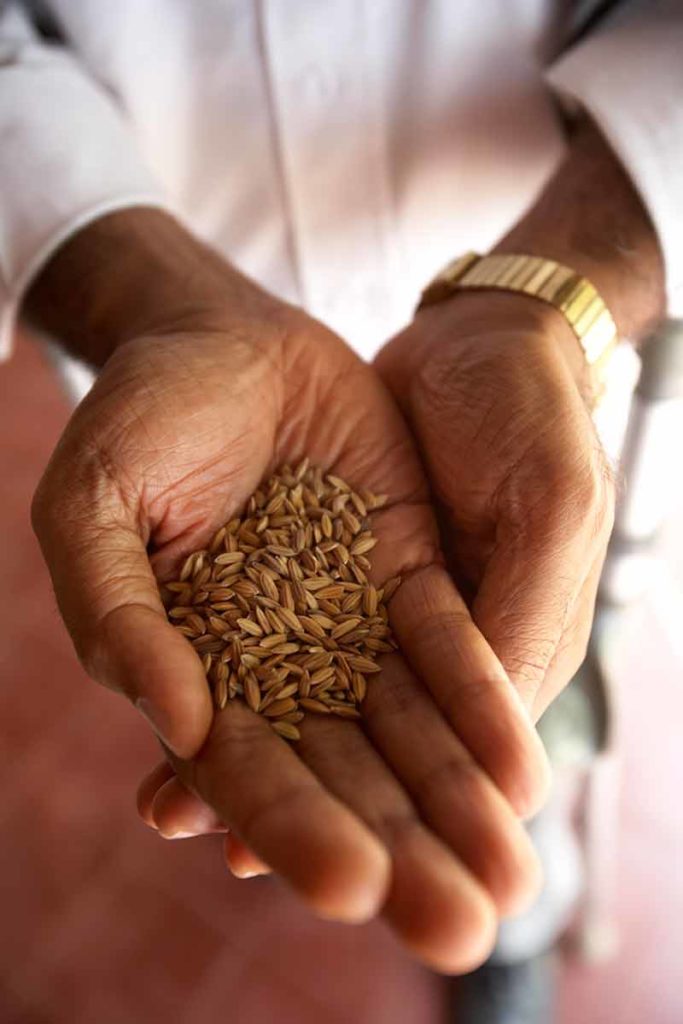
The peaceful Kerala backwater is a spa destination of note.
At Coconut Lagoon’s Ayurveda Centre, Dr Indira checks my blood pressure with a sphygmomanometer that looks like a museum relic.
The list of Ayurvedic and Marma Chikitsa treatments range from herbal head massages (to cure hair loss and “premature greying”) to herbal poultices and there’s a special kind of massage for every part of the body.
Herbal powders, oils and creams are made from fresh roots, leaves, tree bark sap, spices, shrubs and weeds.
Marma Chikitsa is a practice that began in Kerala and is the traditional medicine of Kalaripayattu martial arts devotees.
A spa treatment is a confronting experience, as there are no modestly draped towels or discreetly averted eyes.
Standing stark naked in front of a stranger is a little uncomfortable for some of us, especially after consuming too many mouth-watering Keralan curries, sambars and pappadums.
The disposable knickers are a cross between a nappy and a panty.
I’m scrubbed down, massaged, pummelled and bathed like a child from head to toe.
Kerala’s Martial Arts – Kalaripayattu
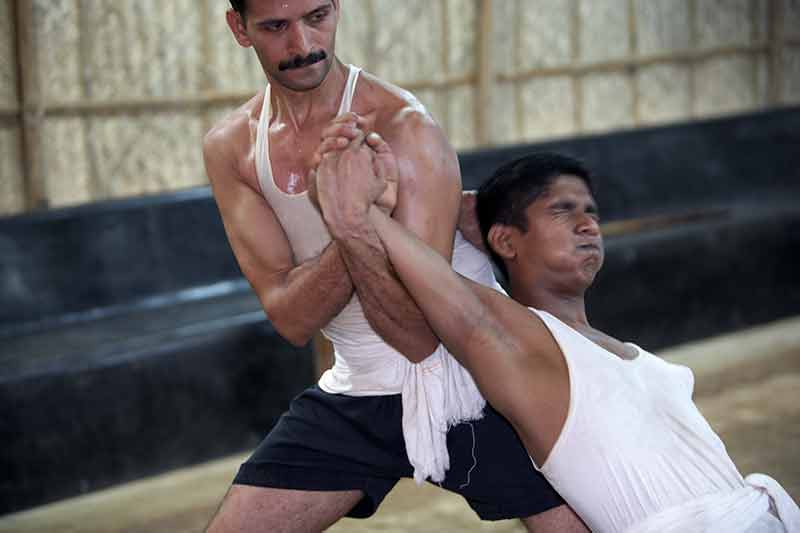
Kerala is home to kalarippayattu, a holistic 6000-year-old martial art that encompasses fighting, healing (Ayurveda), yoga, astrology and spiritual development.
I join a kalarippayattu class at 6 am and find the stretching exercises difficult.
Later, I’m mesmerised by the energetic fighting style demonstrated by the kalarippayattu master and an advanced student.
The fighters use a variety of weapons including a staff, knives and urumi, or spring sword, with a long flexible blade, is used.
Sponsored by Kerala Tourism.
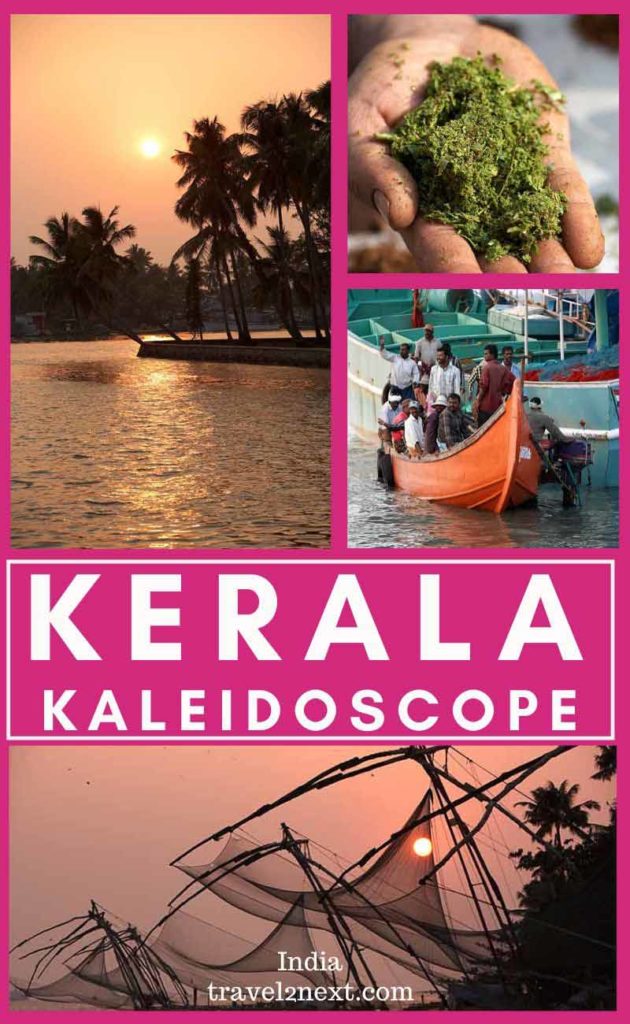
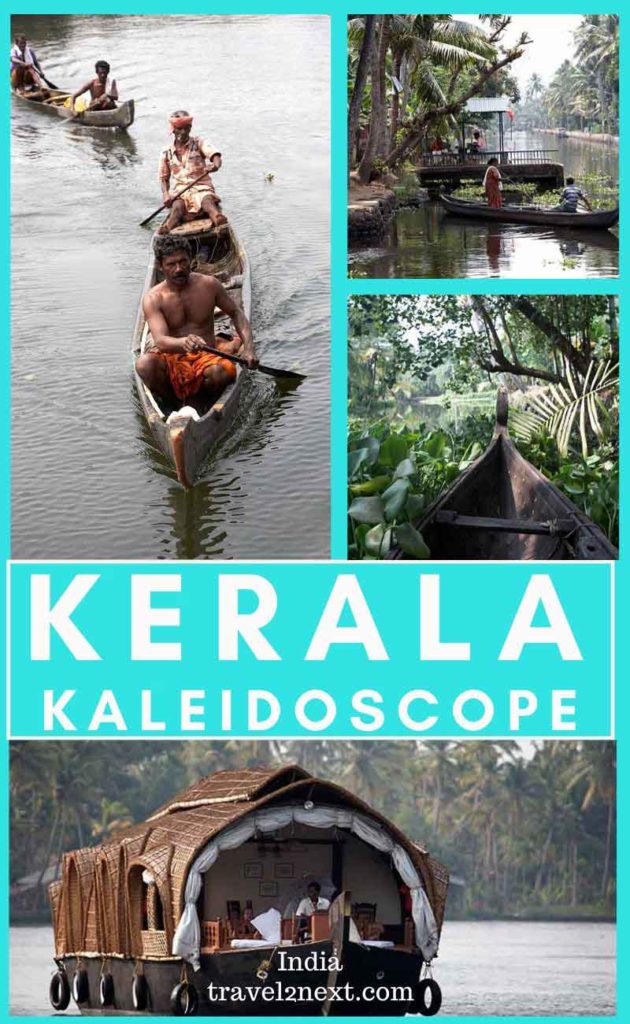
Plan Your Trip

Rent A Car – Find the best car rental rates at Discover Cars. They compare car hire companies to provide you with the best deal right now.

Find A Hotel – If you’re curious about this article and are looking for somewhere to stay, take a look at these amazing hotels.

